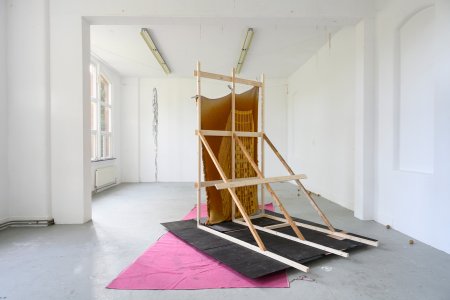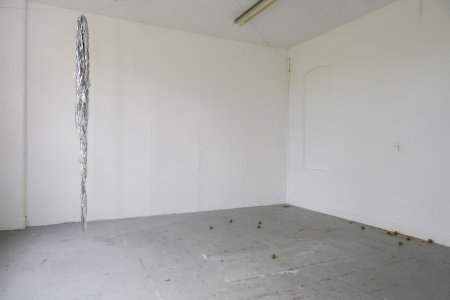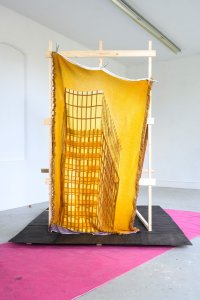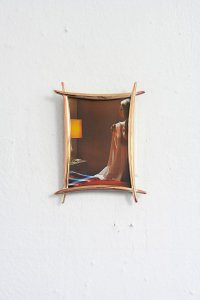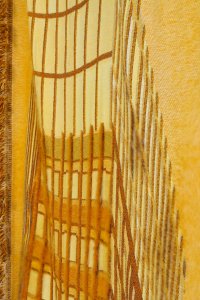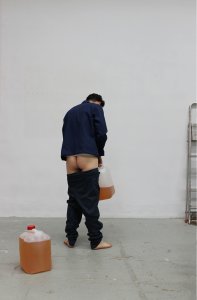Our search for prosperity has shaped the landscapes we live in and becomes present in the things we surround ourselves with, the infrastructures and houses we build, the stories we tell. Today as the downside of this striving becomes apparent, we try to escape reality by losing ourselves in excess or dreaming of imaginative worlds. During my four-month residency at the Gastatelier Leo XIII, I went on an expedition through Tilburg, looking for ways to cope with this new environment and different culture. Combining the residency with a research period at the textile museum of Tilburg. A city marked by its lost textile industries and ever since is trying to rewrite its landscape. What once was a horizon filled with chimneys high in the sky is slowly being transformed by new landmarks of prosperity. Even the textile worker, who gave his whole body to contribute to industrial growth, has now become a character in a city-tale reimagined once a year through the local carnival.
BONANZA; a diorama of the near, brings together fragments of the past, present and future as experienced through my intimate relation with the space of Leo XIII and the people I met during my stay. The relation between body and space is intensified as the artist lives and works with and within the Gastatelier. The space unfolds itself as a house with corridors, cellars and closets which allows one to dream (G. Bachelard, poetics of space 1958). The resulting constellation of works can be best described as a diorama, a three-dimensional created scene which mostly shows a situation, including objects and figures. This way of mimicking the natural world, as often used in museum contexts, is a form of ordering reality and in doing so of controlling it. This relates to the structures I encountered during the local Tilburg Kermis, facades shaped to lose oneself in a dreamworld. All together, BONANZA becomes a topology of a local environment, which I use to unravel underlying issues of capitalism, ecology and otherness.
In collaboration with Textiel Museum Tilburg With the support of Gastatelier LEOXIII Tilburg and curator Carolyn
